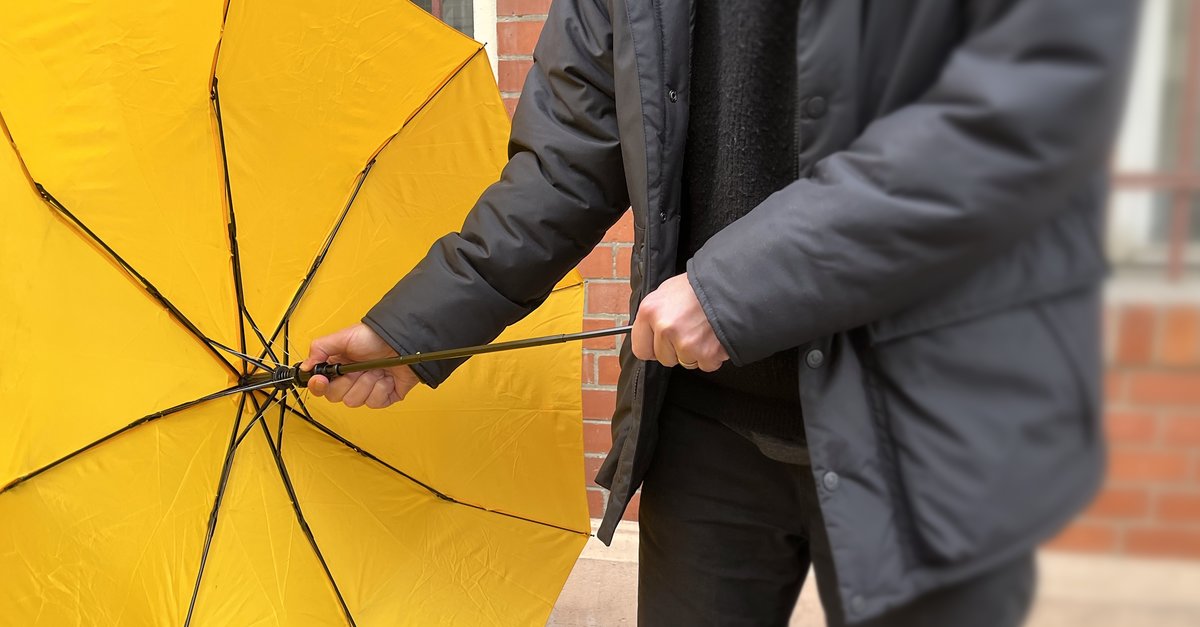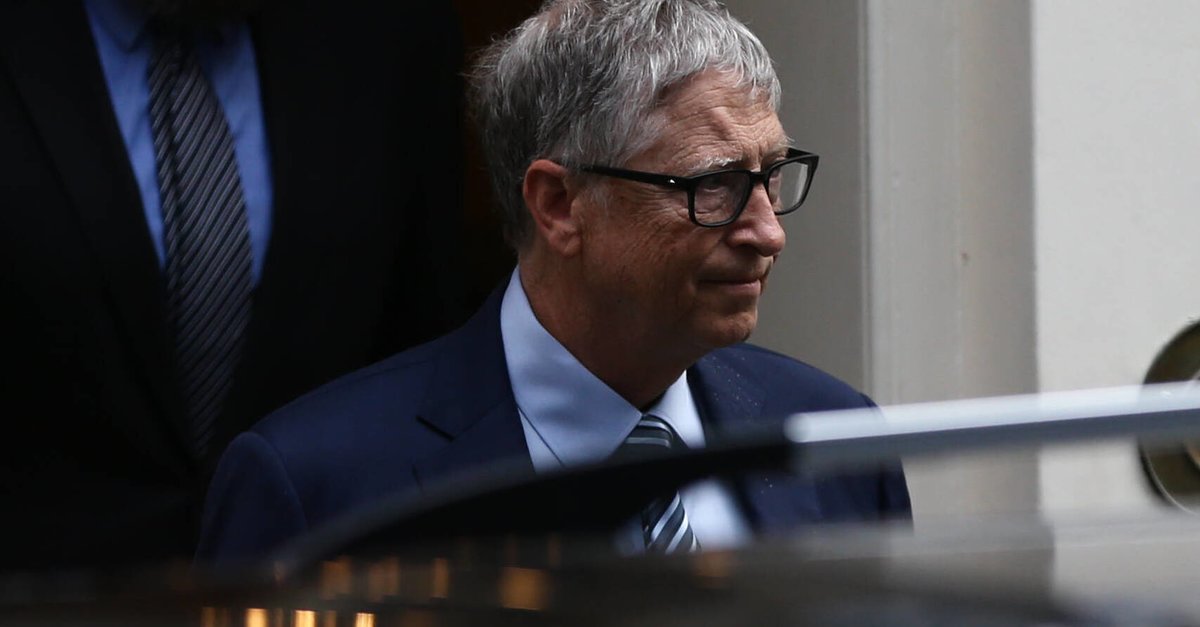Hydrogen railcars will start operating in 2022
Only 61 percent of German railways are electrified. The rest is usually covered with diesel drives. That should also change with the help of fuel cell technology.
The German railway lines are electrified to a much lesser extent than Deutsche Bahn’s public relations work would suggest. 39 percent of all routes still have to be covered with other drives. Diesel railcars and locomotives are usually used for this purpose.
Contents
Germany: Almost 40 percent of the railway lines without overhead lines
The Federal Ministry of Transport wants to electrify a further nine percent by 2035, but apart from the declaration of intent, little is happening. This puts Germany behind many countries in a European comparison, above all Switzerland, which maintains only electrified routes despite the challenging topography. Belgium and Sweden are also very clearly ahead.
The electrification of the railway lines in Germany is extremely slow. (Source: Alliance pro rail)
If you look soberly, there must be initiatives in Germany that work apart from diesel, but also apart from electrical overhead lines. As with road traffic, battery-electric railcars and those that convert hydrogen into energy in fuel cells are ideal.
There could be no clear decision in favor of battery technology, explains Alstom engineer Andreas Frixen in the NTV podcast “Wieder was learned”. Because some of the German routes and topographies are simply not suitable for battery-electric solutions.
French train builder replaces diesel engine with fuel cell
Alstom is a French train builder that has so far done good business with the production of diesel multiple units for the many non-electrified routes around the world. His flagship, the Coradia Lint railcar, the company had converted to hydrogen.
After the first presentation of the diesel alternative in 2016, various tests followed. Between the northern German cities of Buxtehude and Cuxhaven, the fuel railcars were tested all year round in the regular timetable in 2019. From March 2022, this route is to be used regularly with the Alstom hydrogen railcars.
Tests are also running in other German federal states. Lower Saxony has already ordered 14 and Hessen 27 fuel railcars – twelve each to Italy and France. With one refueling, the Alstom solution should offer a range of 1,000 kilometers. According to Alstom’s ideas, the required filling stations are to be expanded so that buses, trucks and cars can also be refueled. In this way, regional hydrogen concepts could be meaningfully supported.
Competitor Siemens: More interesting technology, but too slow in development
Alstom’s competition grows rather prospectively – from the Siemens group. He doesn’t convert an existing railcar, like Alstom does, but has with it Mireo Plus H initiated a completely new development.

Mireo Plus H. (Image: Siemens)
The Siemens solution wants to be the egg-laying woolly milk pig. It can draw energy from the overhead line, from battery storage systems and from fuel cells. The use of energy sources should be able to be changed during operation. The flexibility is at the expense of the range. The Mireo Plus H should be able to cover 600 kilometers if it cannot use an overhead line.
The Siemens train is to be used between Tübingen and Pforzheim tested in 2024 become. At this point in time, the Alstom multiple unit should already be part of the standard equipment in rail transport in many regions.


